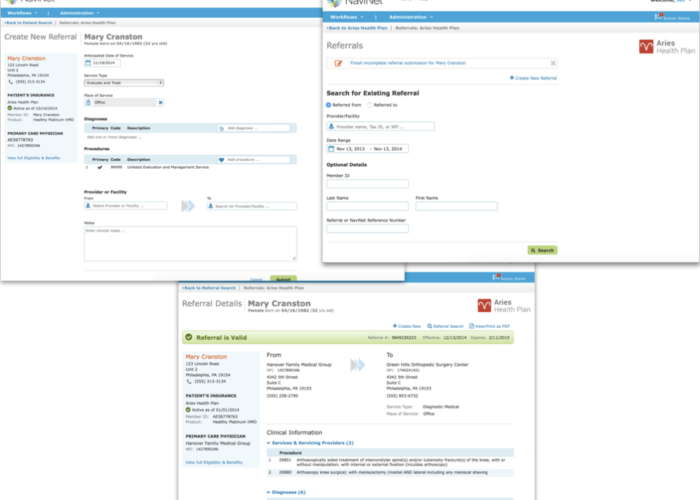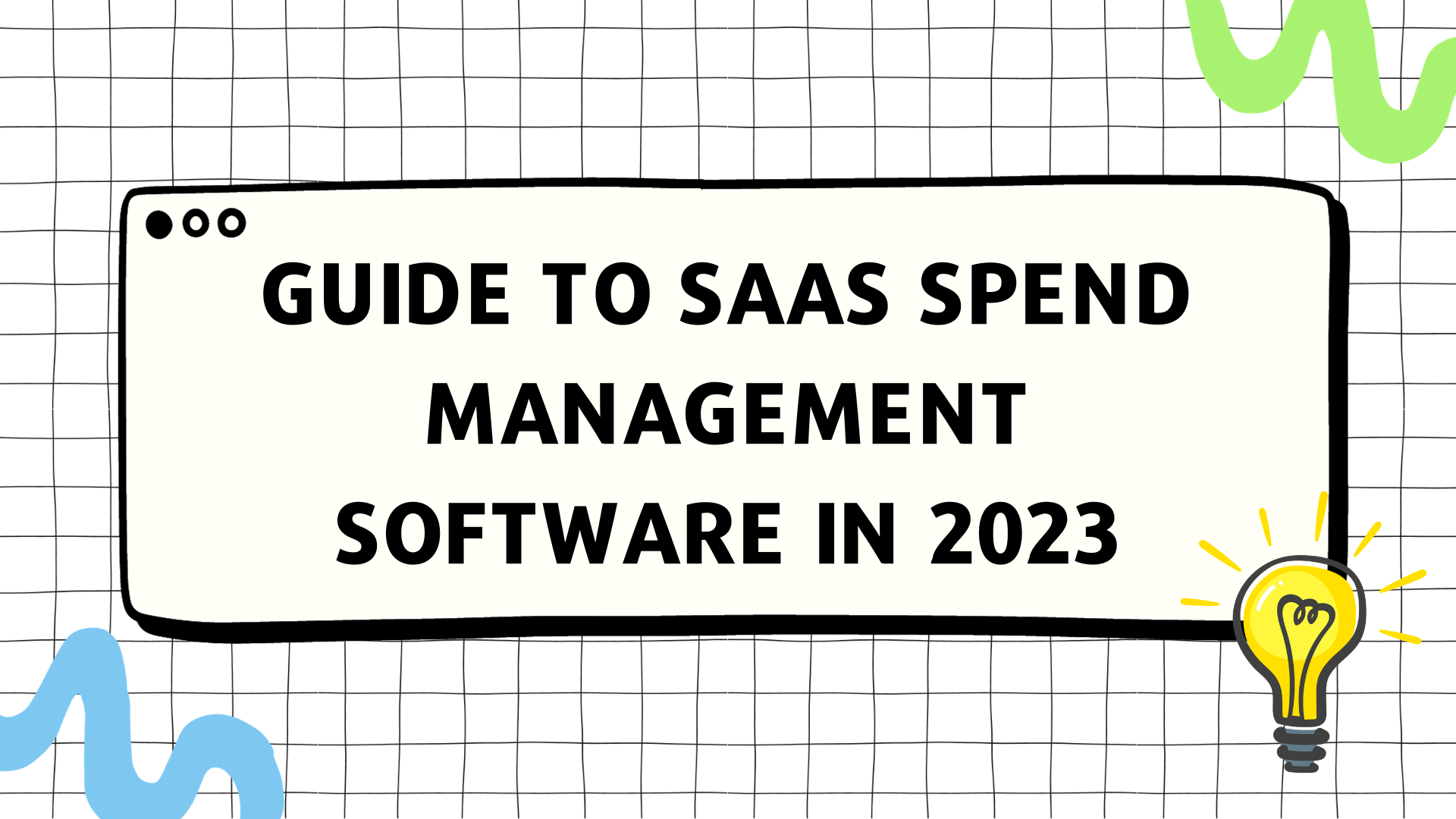Healthcare professionals often struggle to keep up with the changing landscape of medical billing and insurance networks.
This article will explore these changes and provide you with alternatives to optimize your healthcare management strategies.
Key Takeaways
- NaviNet offers vital features for healthcare management, including real – time eligibility checks and claims management to expedite services and reduce administrative burdens.
- In 2024, NaviNet’s pricing varies from a basic plan at $99 per month to custom pricing for the Enterprise level, accommodating small practices to large organizations without annual commitments on basic plans.
- Healthcare trends such as value – based care and personalized medicine play a crucial role in shaping technology like NaviNet that aims to improve patient outcomes by integrating tools for predictive analytics and remote monitoring.
- The transition of NaviNet users to Availity is expected to enhance user experience with more advanced features while maintaining seamless service integration.
- Alternatives like Availity, Allscripts, Cerner, Epic Systems, and MediQuant offer similar services as NaviNet for those looking into other robust healthcare communication networks.

NaviNet Features
NaviNet stands at the forefront of healthcare management technology, offering robust solutions to modern healthcare challenges. The platform has evolved to meet the ever-changing needs of providers and payers alike with a suite of beneficial features.
- Provider Portals: Streamline communication between healthcare professionals and insurance companies with secure portals, enhancing efficiency in patient care coordination.
- Real-Time Eligibility Checks: Verify patient coverage instantly, reducing administrative burdens and improving the speed of service delivery.
- Referral Authorizations: Automate the process for obtaining necessary referral approvals from insurers, saving time for both practitioners and patients.
- Drug Price Negotiations Tool: Leverage this tool to engage in effective drug pricing discussions that could lead to cost savings for both parties involved.
- Medicare Affordability Services: Assist clients with navigating Medicare options efficiently while ensuring they receive affordable care solutions.
- Integrated Messaging System: Keep all stakeholders informed through an integrated messaging system that ensures secure communication across different entities within the healthcare landscape.
- Healthcare Trends Analytics: Utilize advanced analytics to stay ahead of healthcare trends, enabling proactive adjustments in care strategies and operations based on evidence-based insights.
- Customizable Interface Options: Tailor NaviNet’s interface to individual practice needs thus enhancing user experience and streamlining workflows.
NaviNet Pricing in 2024
Understanding NaviNet’s current pricing structure is essential for healthcare professionals looking to streamline their administrative tasks in 2024. The table below provides a concise breakdown of the various pricing tiers and features available for this reputable healthcare communication network.
| Plan | Core Features | Monthly Price | Annual Commitment |
|---|---|---|---|
| Basic | Eligibility Checks, Claim Status Inquiry | $99 | No |
| Professional | Basic Features + Electronic Remittance Advice, Secure Messaging | $249 | Yes |
| Enterprise | Professional Features + Prior Authorization, Custom Reporting | Custom Pricing | Yes |
The Basic plan offers fundamental capabilities that cater to small practices. Switching to the Professional plan unlocks advanced features that facilitate better communication and efficiency. Large-scale healthcare organizations find the custom-priced Enterprise solution aligns perfectly with their extensive needs. Each tier reflects the platform’s commitment to providing scalable solutions for healthcare stakeholders, ensuring an option exists for every size organization.
NaviNet Transition to Availity: What to Expect
With the NaviNet transition to Availity, users need to gear up for a seamless integration of services. Expect streamlined processes and improved healthcare management tools tailored for better efficiency in medical billing and patient care coordination.
The shift aims to enhance user experience with a more robust platform offering advanced features that align with the latest in healthcare technology trends.
Healthcare professionals will find that their workflows become more intuitive as the new system incorporates evidence-based care protocols into its design. Provider portals are set to become more user-friendly, supporting providers in making informed decisions regarding drug price negotiations and value-based care initiatives.
As the merger unfolds, accessibility is at its core, promising easier navigation within the healthcare landscape for both payers and providers alike.
Key Healthcare Trends in 2024 and NaviNet’s Role
As healthcare trends in 2024 continue to shift towards value-based care, personalized medicine, and payer efficiency, NaviNet’s role is critical in facilitating these changes. From improving patient outcomes to streamlining administrative processes, NaviNet plays a crucial part in navigating the evolving landscape of healthcare.
Value-Based Care and Technology
Value-based care in healthcare is revolutionizing the industry, placing greater emphasis on patient outcomes and overall wellness. Technology plays a pivotal role in enabling this shift by providing tools for predictive analytics, remote monitoring, and personalized medicine.
Through the integration of electronic health records (EHR) systems and telemedicine platforms, value-based care initiatives can be effectively implemented to improve patient engagement and optimize healthcare delivery.
Healthcare technology solutions also facilitate seamless collaboration among providers, improving care coordination and enhancing interoperability between different entities within the healthcare ecosystem.

Artificial Intelligence for Personalized Care
Artificial intelligence (AI) has revolutionized personalized care in healthcare. By analyzing vast amounts of patient data, AI can provide tailored treatment plans and recommendations based on individual health profiles.
This enables healthcare providers to deliver more precise and effective care, ultimately improving patient outcomes. Moreover, AI-powered predictive analytics help identify at-risk patients and intervene proactively, leading to better management of chronic conditions and reducing hospital admissions.
The integration of AI into personalized care not only enhances the patient experience but also maximizes efficiency for healthcare providers.
Interoperability for Payer Efficiencies
Interoperability among payer systems streamlines data exchange and communication, enhancing operational efficiencies. Seamless interoperability enables real-time access to patient information, simplifies claims processing, and promotes accurate billing.
By integrating disparate payer networks and technologies, interoperability facilitates swift authorization of services and expedites payments to providers.
Efficient data sharing between payers fosters a more cohesive healthcare ecosystem while reducing administrative burdens for both payers and providers. Enhanced interoperability ensures timely access to critical information, ultimately improving the overall quality of care delivery.
Conclusion
In conclusion, healthcare organizations must carefully consider the pricing and features of NaviNet in 2024 when navigating the evolving healthcare landscape. Exploring alternatives to NaviNet can provide insights into innovative solutions for value-based care and streamlined payer efficiencies.
It is imperative to stay abreast of key healthcare trends and prepare for the transition as NaviNet moves to Availity to leverage the full potential of technology advancements in personalized care and interoperability.
Adapting to these changes will be crucial for providers seeking to optimize their operations and deliver enhanced patient outcomes.
(Image credit: NaviNet)





